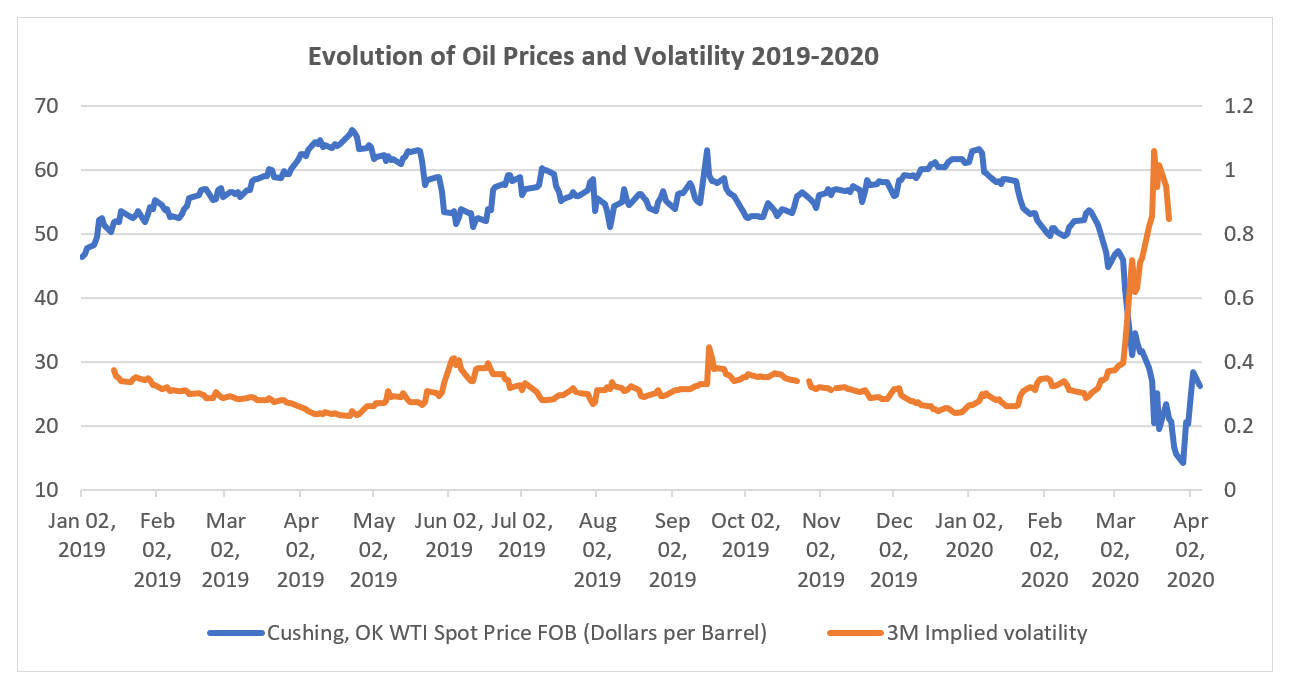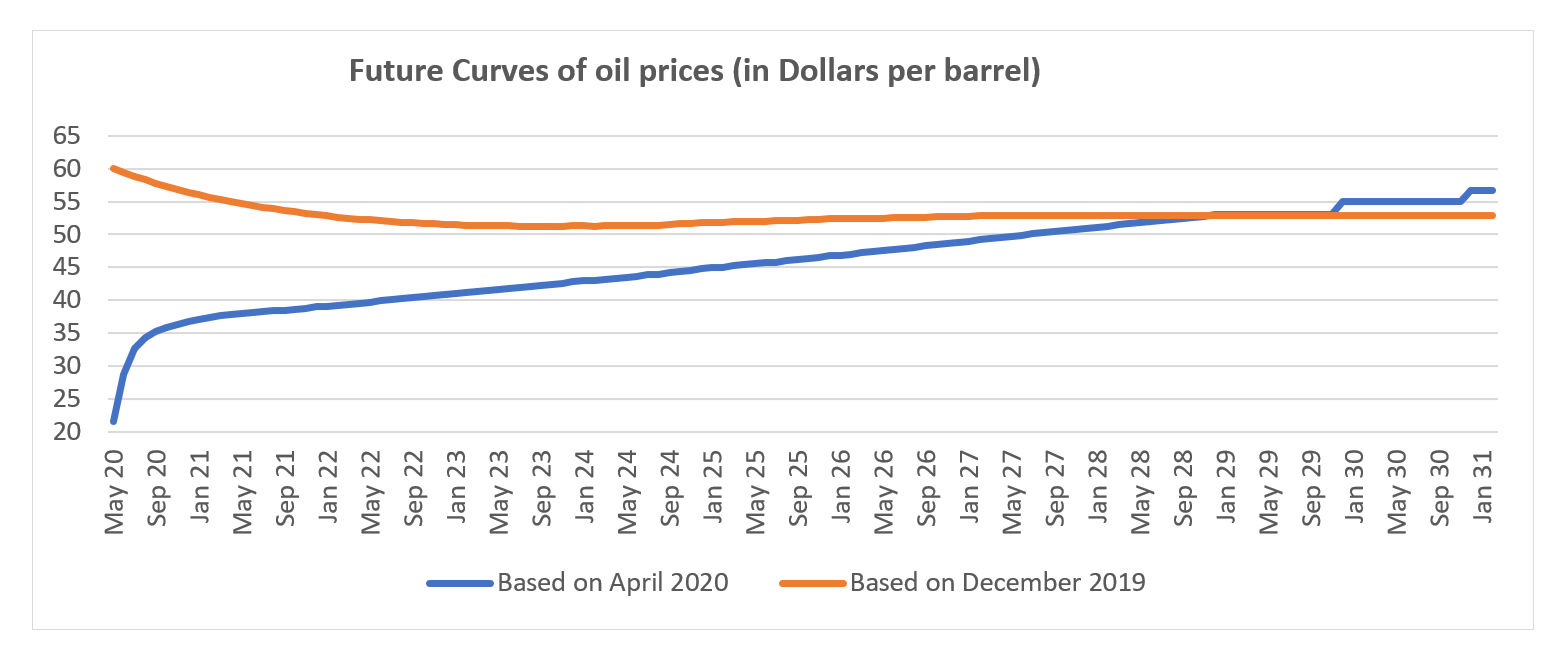For several weeks now the world has been suffering the impacts of COVID-19. One of the immediate impacts of the crisis has been a significant drop in economic activity, resulting in a sudden fall in demand and inevitably world oil prices. Such low oil prices had not been witnessed since the 2008 global financial crisis. For how long these prices will remain low is a big question mark. They, however, create a great opportunity for oil-importing countries to reduce their energy bill and the impact on their balance of payments, as well as reduce their trade deficit. In some cases, they can also play a role in fiscal balance.
Considering the situation of low oil prices, oil-importing countries in Latin America and the Caribbean, especially those heavily dependent on imported oil for their electricity generation, could considerably benefit from reducing their electricity costs. As prices plummet, so does the cost of electricity generation, which has important effects on the economy and on household expenditures.
Power generation in the context of low oil prices and high volatility
World oil prices have plunged significantly over the last month, as a result of the demand drop caused by the COVID-19 and the lack of agreement amongst oil-producers on how to respond to it. The West Texas Intermediate (WTI) decreased from US$59.88 last December to $29.21 per barrel in March [1]. This downward price trend also featured significant volatility. After peaking at $63.27 per barrel on January 6, the WTI spot price fell sharply, bottoming at about $14.1 per barrel on March 30. The low-price trend may persist if the demand shock persists and if oil-producing countries do not reach a production quota agreement.

In oil-importing countries, managing oil price volatility is a major challenge for the power sector. The composition of the power sector, the electricity market structure and utility ownership have key budgetary implications that can affect fiscal deficit and the trade balance. In the case of Central America and the Caribbean, power generation relies mainly on oil products (diesel and heavy fuel oil). Oil-based generation accounts for 18% and 72% of total generation in Central America and the Caribbean, respectively[2].
One of the challenges of these countries’ power sector lies in making decisions regarding electricity generation in the event of uncertainty triggered by oil price volatility. This increased volatility can cause delays in investments or lead to uninformed and precipitated decisions regarding technology or capital that can potentially have long-term impacts on electricity costs.
Price risk management instruments as a tool to take advantage of the current market situation
One option available for countries to take advantage of low oil prices in the short term is the use of price risk management instruments. Indeed, predictions of future curves based on April oil prices reveal that it could allegedly take the oil prices almost a decade to reach their predicted level based on prices from December 2019 (figure 2). In the meantime, oil prices are expected to remain fairly low in the months to come.
These instruments can reduce the uncertainty associated with oil-price volatility, and more specifically its impact on the fiscal balance each year. The objective is to manage price exposure and take advantage of the oil prices’ downfall. Risk management, or hedging instruments, are designed to cope with volatility and to take advantage of low prices.
The recent drop in oil prices has set off the interest of many governments eager to learn more about how to use hedging tools to take advantage of oil prices’ drop. A key first step for any country considering a commodity hedging strategy is carrying out a risk assessment and evaluation of alternative hedging strategies. A financial risk assessment that quantifies the price exposure resulting from specific commercial transactions or policy interventions and decisions is essential to define the best approach and strategy to follow. Power utilities could take advantage of current low oil prices to reduce generation costs and alleviate the current liquidity trap encountered because of the revenue drop most utilities have at this critical time.

[1] Source: EIA data
[2] Source: Bloomberg BNFE 2020 data for 2018


Leave a Reply